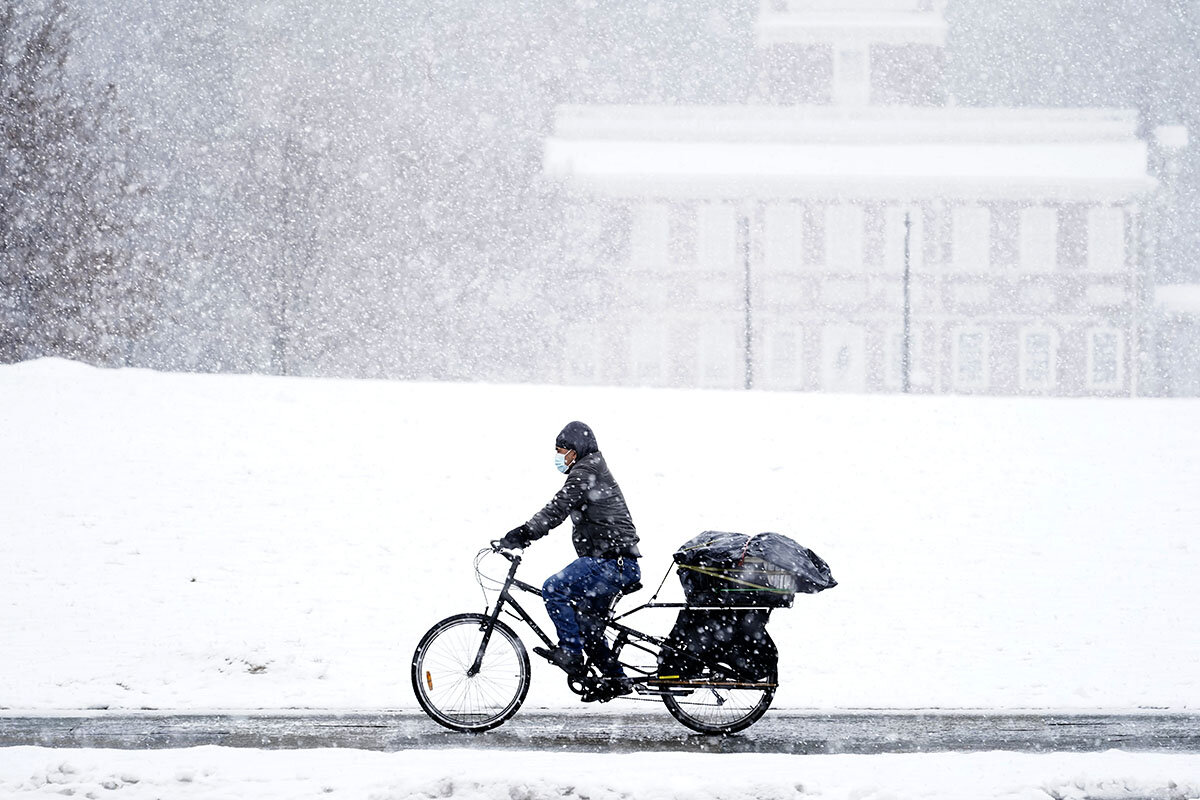Real lessons from ‘faux’ commutes

 Amelia Newcomb
Amelia Newcomb
Remember your commute pre-pandemic? Lots of people prefer not to. So why would so many of them have started “faux commuting” while working remotely?
Perhaps counterintuitively, it has to do with our sense of well-being. And that holds very real lessons as employers talk about June, or Labor Day, as a target for a return to the workplace.
Commutes, when they’re not a soul-crushing array of brake lights or delayed buses, offer a transition between work and home that studies have recognized as beneficial. Hence the faux version that arose when remote work blurred the personal and professional. People hopped on bikes, stationary and mobile, to mirror the pedaling they once did to work. They walked the neighborhood first thing instead of getting on the bus. They drove round-trip – to the bakery. Microsoft even designed a “virtual” commute. As Cate Bonacini told The Washington Post, “I just miss that time. ... It was a place to process and think and reflect on the day and what went well and what didn’t.”
It’s likely coming back – but in a way that looks forward. Market research firm Forrester estimates 60% of companies will support a hybrid teleworking model, reducing cars and congestion. Public transport, as it ramps up, may better accommodate schedules that don’t follow old rush-hour patterns, allowing workers more agency and flexibility. Fortified bike lanes and sidewalks may lure new participants. All that could add up to an improved, 21st-century buffer between the workplace persona and the one that can think about what’s for dinner.




